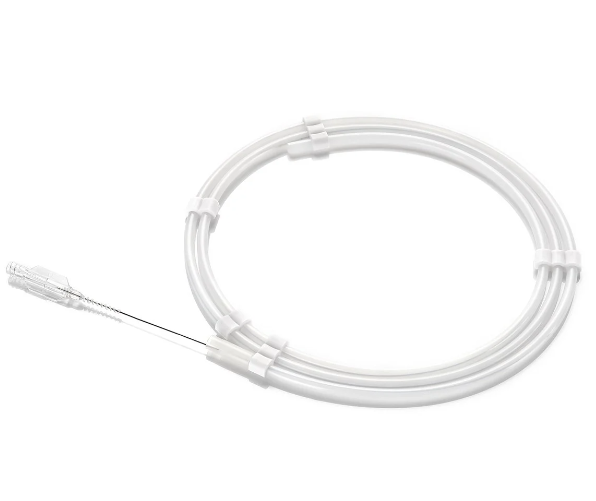We'd Love to Hear From You
Curious about product features, price quote, registration, delivery time, etc? We're ready to answer any and all questions within one business day.
The PTCA Balloon Catheter may be used to open blockages in vessels, supply stents, and dilate vessels as a part of minimally invasive procedures.
The technique usually involves delivering stents, opening clogged vessels, and dilating arteries and veins. Being very specialized, non-invasive scientific gadgets of excessive precision, using PTCA balloon catheters requires you to understand certain factors and considerations.
In this article, we will educate you on the things you should know about the PTCA Balloon Catheter including the types, applications, and design considerations of PTCA balloon catheter.

The first factor you should consider before choosing PTCA Balloon Catheters is the type that best suits your intended area of application.
There are several types of PTCA Balloon Catheters depending on the form of a catheter, the kind of balloon, and the overall performance traits of the catheter.
However, PTCA Balloon Catheters are generally grouped into three types, which are:
Each type of PTCA Balloon Catheter gives its specific advantages, based on how each type of catheter is guided by the physician via the desired path.
Nowadays, high-pressure balloons have thinner walls, better strength, and smaller profiles, and may be applied in a huge variety of minimally invasive procedures. They may be produced in a huge variety of diameters, lengths, and shapes.
Enhancements in balloon layout and generation offer elevated flexibility to designers of scientific gadgets, improving the latest and most progressed gadgets possible. As a result, high-pressure balloons are utilized in a whole lot of diagnostic and healing procedures including:
There are a few key overall performance factors that relatively affect the design of balloon catheters. The first is the time required to inflate and deflate the balloon (inflation/deflation time), which has to be significantly minimized.
Considering this factor, PTCA balloon catheter producers attempt to design the balloon in a manner that maximizes the internal region of the inflation balloon.
The second significant factor to consider is the catheter’s monitoring capacity to progress through the preferred course. This is critical for complicated anatomy, eg. in neurological balloon catheter applications.
Lastly, the insertion profile is another essential factor of a balloon catheter to consider. It denotes the dimensions of the incision required to insert the catheter into the affected person. Smaller insertion profiles are of path preferable, on account that they hasten the healing of a patient and make use of easier recovery procedures.
If you're looking for a reputable supplier of high-quality PTCA balloon catheters with 5-star ratings and numerous customer reviews, look no further than SCW Medicath.
We are known for manufacturing and supplying durable medical equipment including PTCA balloon catheters to hospitals and clinics. You can click here to contact us now.